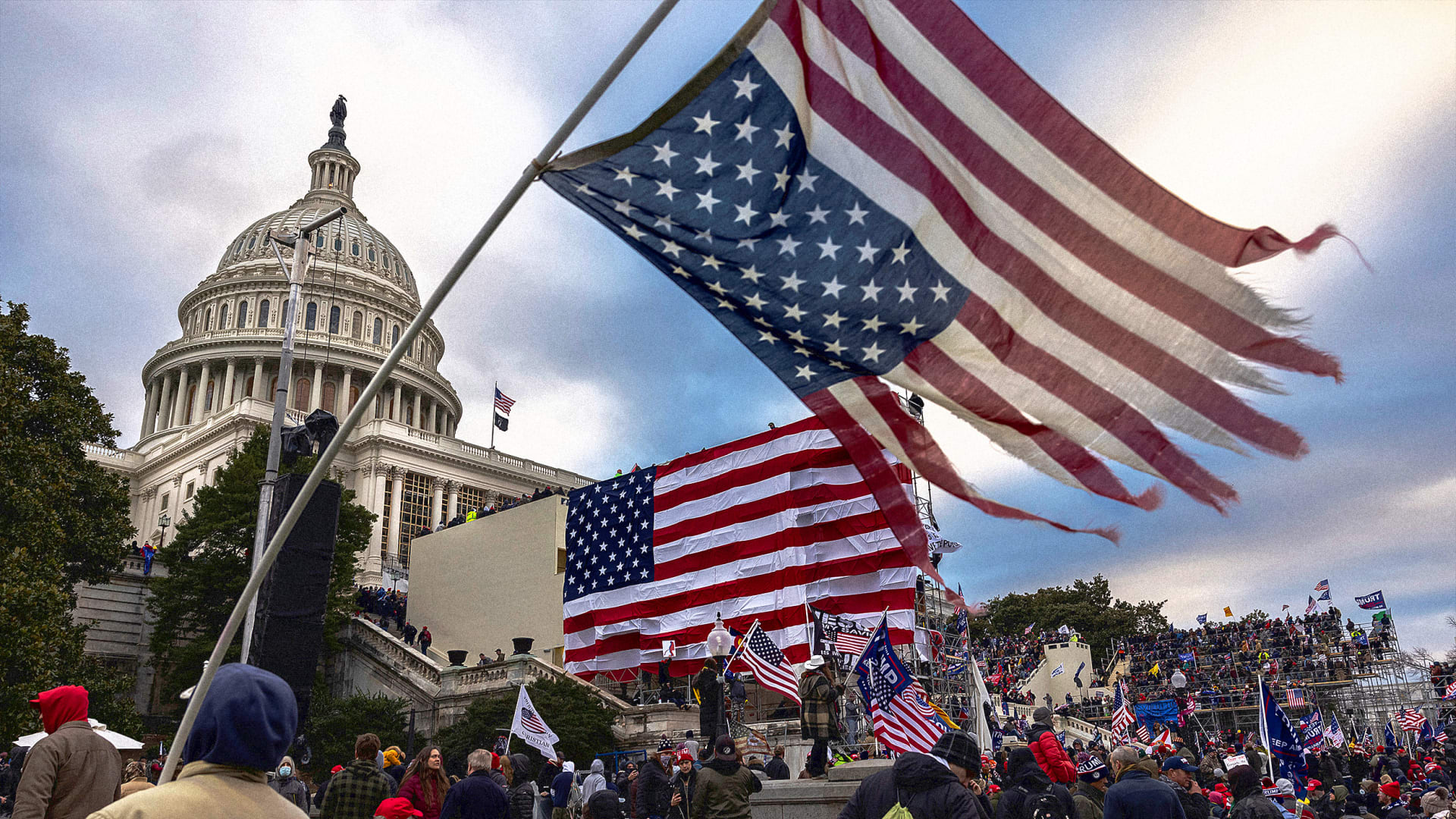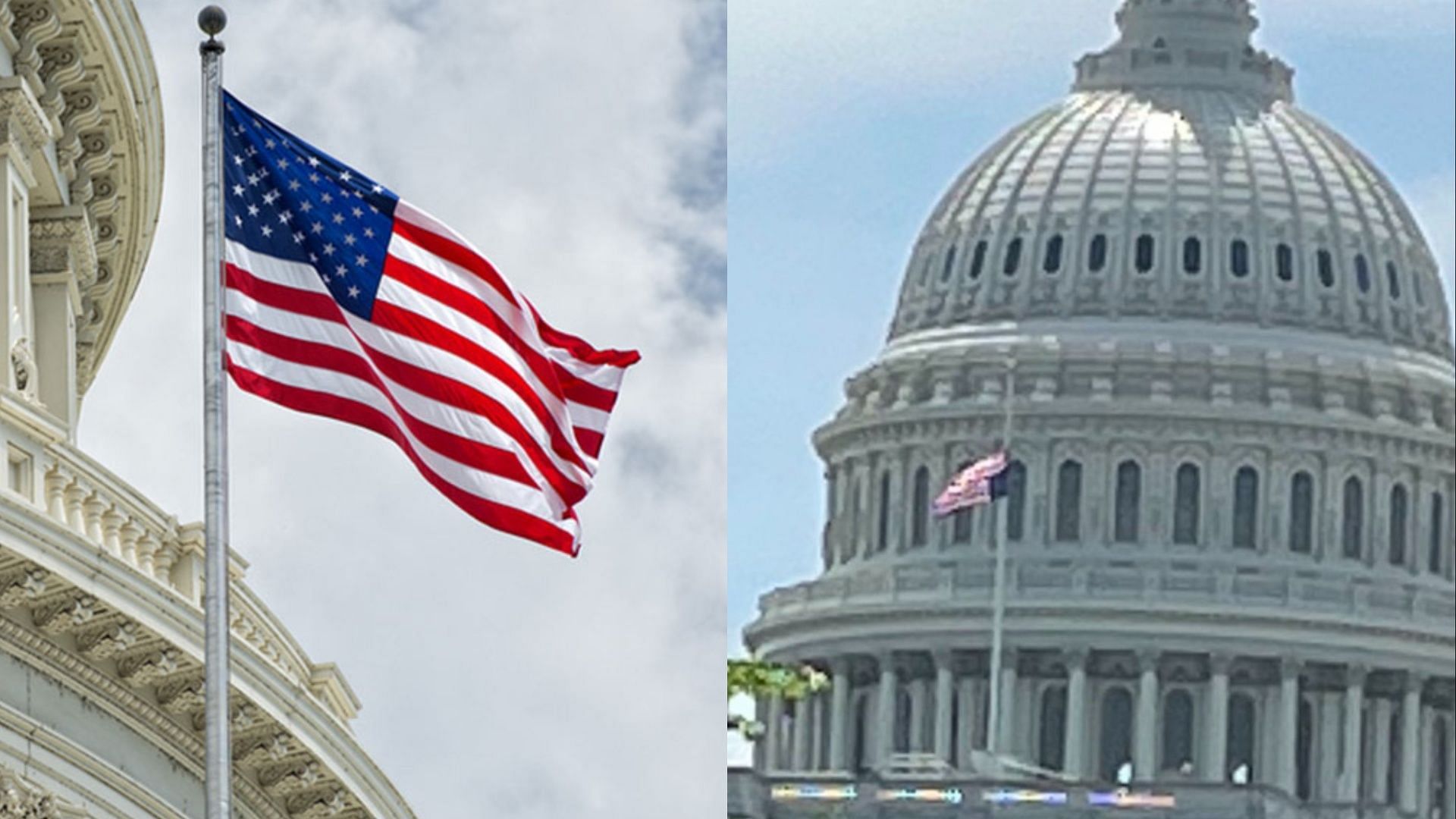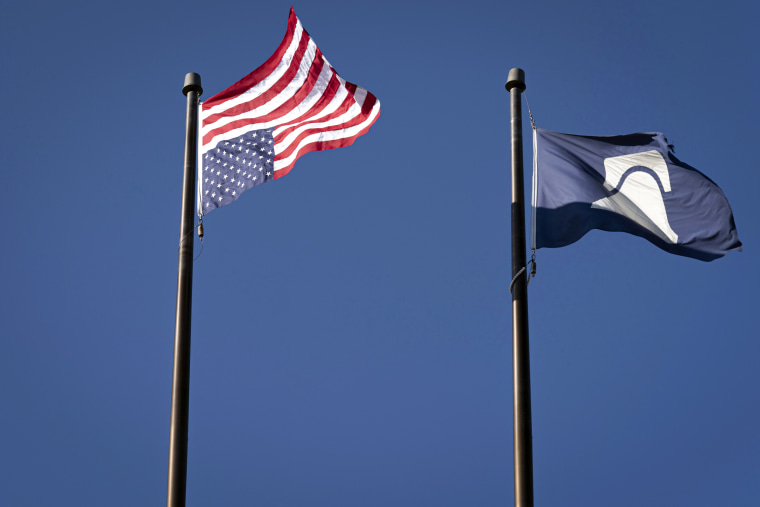What does the sight of an upside-down American flag truly signify? The practice, steeped in historical precedent and now a lightning rod for controversy, carries a powerful message: one of distress, dissent, or, in certain contexts, a desperate plea for help.
The act of inverting the Stars and Stripes is far from a casual gesture. It's a deliberate act, a visual statement that, depending on the circumstances, can speak volumes. Often, it's a direct expression of concern, a signal that something is amiss, be it on a personal, societal, or even national level. Understanding the weight of this symbol requires a deep dive into its origins, its legal context, and the varied ways in which it has been employed throughout American history.
To understand the complex symbolism of the upside-down flag, here is a table with the key information about the topic:
| Aspect | Details |
|---|---|
| Traditional Meaning | A recognized distress signal, historically used to indicate extreme danger to life or property, particularly at sea. |
| Modern Usage |
|
| Legal Perspective |
|
| Historical Context |
|
| Controversy |
|
| Flag Code |
|
The practice of displaying the American flag upside down is deeply rooted in the traditions of maritime distress signaling. The U.S. Flag Code, a set of guidelines outlining the proper display of the flag, explicitly states that the upside-down flag is reserved "as a signal of dire distress in instances of extreme danger to life or property." This usage stems from a time when sailors, facing perilous conditions, would invert their national flag to alert others of their dire situation, a call for rescue or assistance when a ship was sinking or otherwise in peril. This convention is still recognized today, representing a call for help in the most critical circumstances. This underscores the flag's historical connection to survival and immediate need.
However, this time-honored signal of distress has evolved beyond its original purpose. Now, the inverted flag is also employed as a potent form of political protest. As a nation, the United States prides itself on the freedoms it promises to its citizens. The very fact that this can be used as a protest proves that one of the promises is true and upheld. The flag, a symbol of national unity and pride, is turned on its head, conveying a sense of grievance, discontent, or even outrage. This form of protest can manifest in various ways, from individual displays on private property to organized demonstrations. The act of inverting the flag immediately signifies that something is wrong. This use of the flag, while not universally accepted, is a powerful way to express concerns about government policies, social injustices, or any other issue that the individual or group feels threatens the well-being of the nation.
The symbol can be traced back at least 50 years. For example, in 1974 the Supreme Court, in the case of Tinker v. Des Moines Independent Community School District, upheld the right of a student to display a U.S. flag upside down from his dorm room with a black peace sign taped on it. This highlights the early connection of the inverted flag with political expression.
The Flag Code, while primarily focusing on the flag's proper display and handling, offers a complex interplay of rules and interpretations. The code does not offer criminal charges for the improper display of the flag but it does guide how the symbol of the nation should be treated. While the code offers guidelines, the First Amendment to the Constitution protects freedom of speech. This means that while flying an inverted flag might violate the flag code, it is typically considered protected speech, and therefore not a crime.
The inverted flag's symbolism often ignites heated debates. The act can be viewed as patriotic or disrespectful. The ambiguity of the gesture can leave room for varied interpretations, leading to misunderstandings or conflicts. The historical context of the inverted flag, once solely associated with extreme danger, is now often associated with protest and disagreement. It is no longer solely for maritime distress and, as such, the interpretation of the symbol is not always uniform.
The upside-down flag is not a sign to be taken lightly. To engage thoughtfully with this form of expression, it is important to educate oneself on flag protocols and participate respectfully within appropriate boundaries, taking into account its emotional and political context. The inverted flag has a legacy that speaks to the ability to protest peacefully and the right to freedom of expression, and this is why the gesture is still used today.
Recent events have brought the upside-down flag back into the spotlight. The New York Times reported on instances where the inverted flag was displayed at the residences of prominent figures, including Supreme Court Justice Samuel Alito, sparking significant public discussion. These events have highlighted the potential for the symbol to be seen as both a sign of individual grievance and as a statement about perceived national issues.
The symbol itself is connected with false claims. It's very important to consider what the true message of the inverted flag is, and to not allow false claims to cloud the message.
The Canadian government's regulations regarding its national flag share similarities with the U.S. Flag Code. The Canadian rules state that the national flag should only be flown upside down to signal distress when life is at risk. This reinforces the universal use of this symbol as a distress signal.
Whether seen as a plea for help, a statement of dissent, or a symbol of national distress, the upside-down American flag demands attention. It is a visual representation of a deeply held emotion and a clear reminder that the American flag, and what it represents, can evoke a strong response. Learning and understanding this symbol is key to truly understanding the American experience. The meaning behind this act has been debated and discussed over the years, and will continue to be for years to come.


